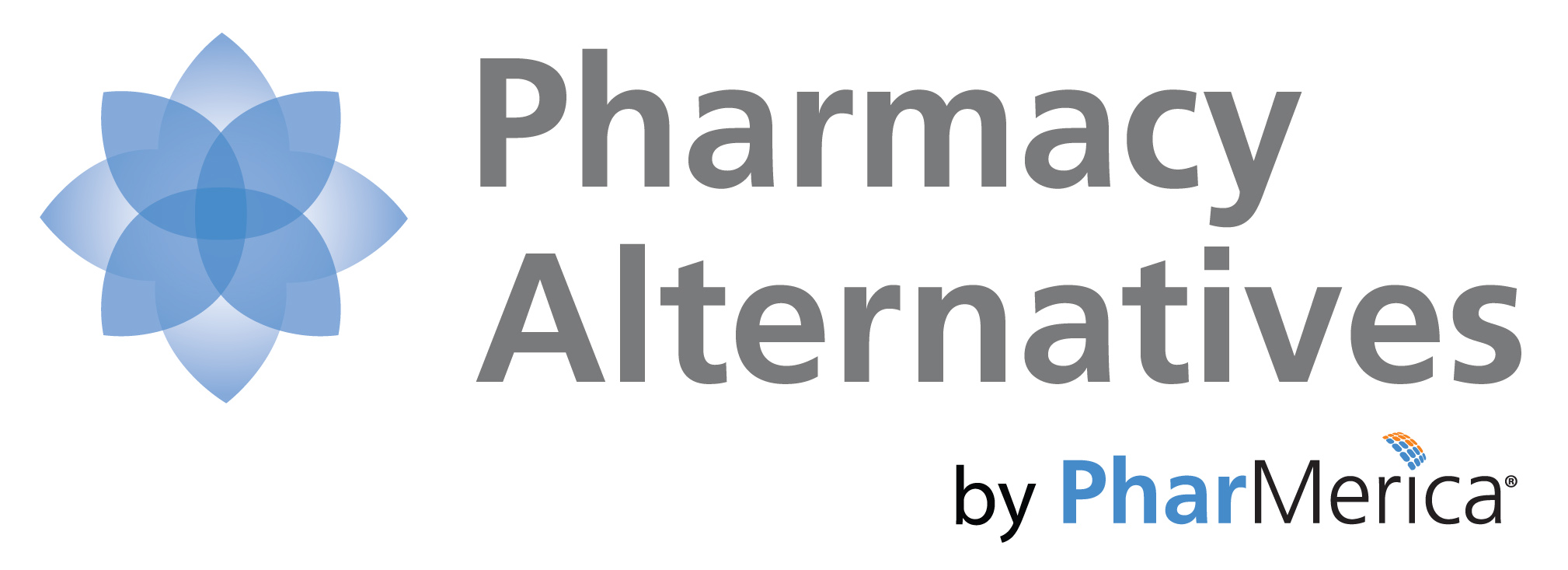Connections - 02.28.23
Polypharmacy: From Common to Common Sense
Share this page
Stay Informed on the Latest Research & Analysis from ANCOR
More News
Capitol Correspondence - 04.02.24
CMS Finalizes Rule to Streamline Medicaid and CHIP Enrollment Processes

Connections - 03.29.24
How To Promote Community Inclusion for Individuals With I/DD



